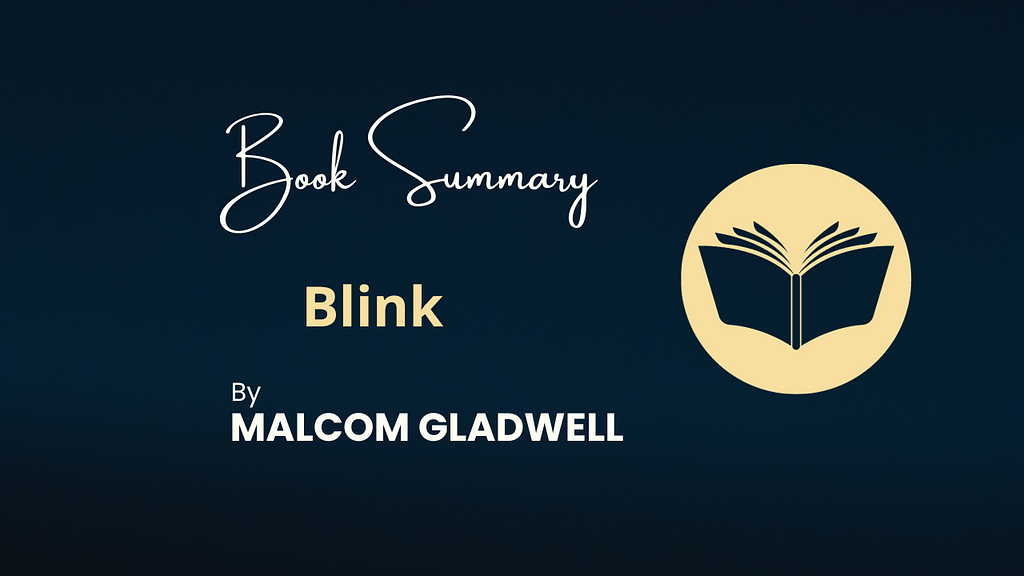
“Blink: The Power of Thinking Without Thinking” by Malcolm Gladwell explores the human ability to make instant decisions and the potency of intuition. Gladwell argues that, at times, decisions made in the blink of an eye can be as effective as those resulting from prolonged reflection. Below are 10 key ideas extracted from this book, each accompanied by examples.
1. The Power of Intuition
Gladwell highlights that intuition, or the instantaneous “blink” of the mind, can be a powerful tool for decision-making. He exemplifies this with the case of an antique expert who, in an instant, detects a forgery that others failed to notice after hours of analysis.
2. Trusting Expert Intuition
The author explores how experts can develop highly accurate intuition in their fields. For example, experienced doctors can quickly diagnose certain illnesses based on subtle patterns they intuitively recognize.
3. The Effect of Information Overload
Gladwell warns of the danger of information overload, which can hinder intuitive decision-making. He mentions the case of a study where an abundance of data led to less accurate decisions rather than improving them.
4. Unconscious Biases
The author explores how unconscious biases can influence our intuitive decisions. He exemplifies this with experiments demonstrating how certain stereotypes can affect rapid assessments of people.
5. Instantaneous Recognition
Gladwell argues that we often instantaneously recognize patterns and situations. He mentions the example of a firefighter who, in an instant, decides not to enter a burning building based on subtle signs indicating imminent danger.
6. The Importance of Practice
The author highlights that practice can refine intuition. For example, musicians who have dedicated countless hours to their craft can make precise intuitive decisions during a live performance.
7. The Role of the Unconscious Brain
Gladwell explores how the unconscious brain processes information quickly and effectively. He shows how, in emergency situations, the brain can make critical decisions in fractions of a second, saving lives.
8. Non-Verbal Cues
The author emphasizes the importance of non-verbal cues in communication. He exemplifies cases where intuition is based on subtleties in body language, facial expressions, and other non-verbal aspects.
9. Quick Decisions in Complex Contexts
Gladwell argues that quick decisions can be effective even in complex situations. For example, firefighters and aviation professionals often make instantaneous decisions in critical moments based on their trained intuition.
10. Learning to Trust Intuition
The author concludes that, although intuition can be powerful, it should also be backed by education and experience. The key is learning when to trust intuition and when not to. An example could be an experienced investor who, in addition to intuition, also considers detailed data and analysis.
“Blink” offers a fascinating exploration of intuitive intelligence and how decisions made in an instant can be extraordinarily precise. By understanding the nature of intuition, we can learn to trust our intuitive abilities while maintaining a critical awareness. The work challenges our perceptions of decision-making and provides an insightful view of how the human mind processes information quickly and effectively.
Book Summary “Blink” by Malcolm Gladwell was originally published in SnippetSnackBooks on Medium, where people are continuing the conversation by highlighting and responding to this story.